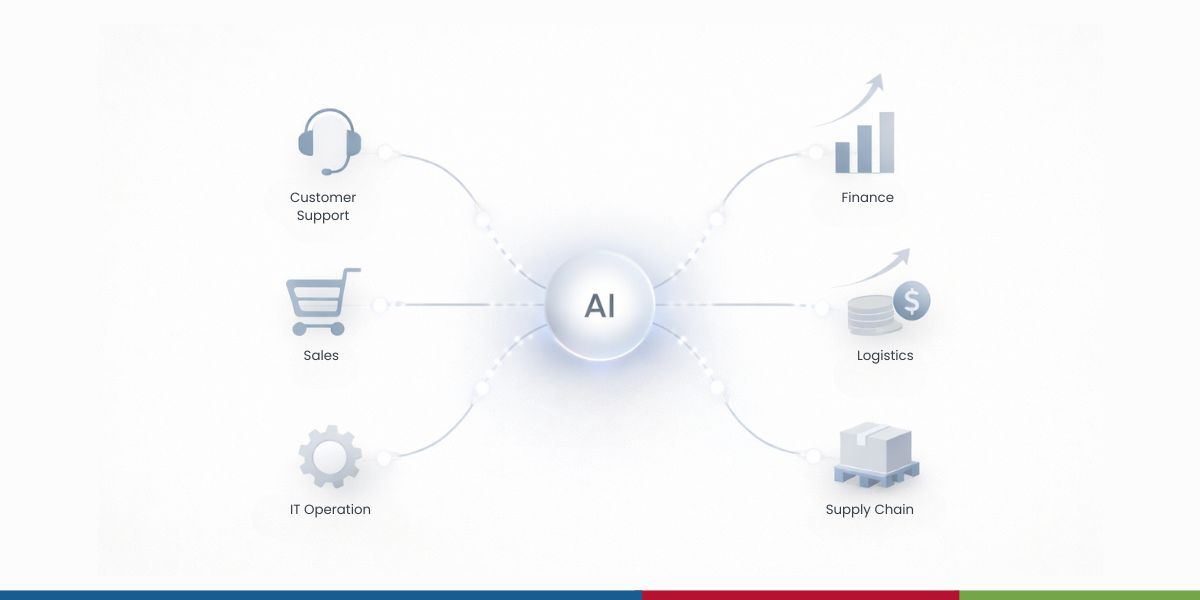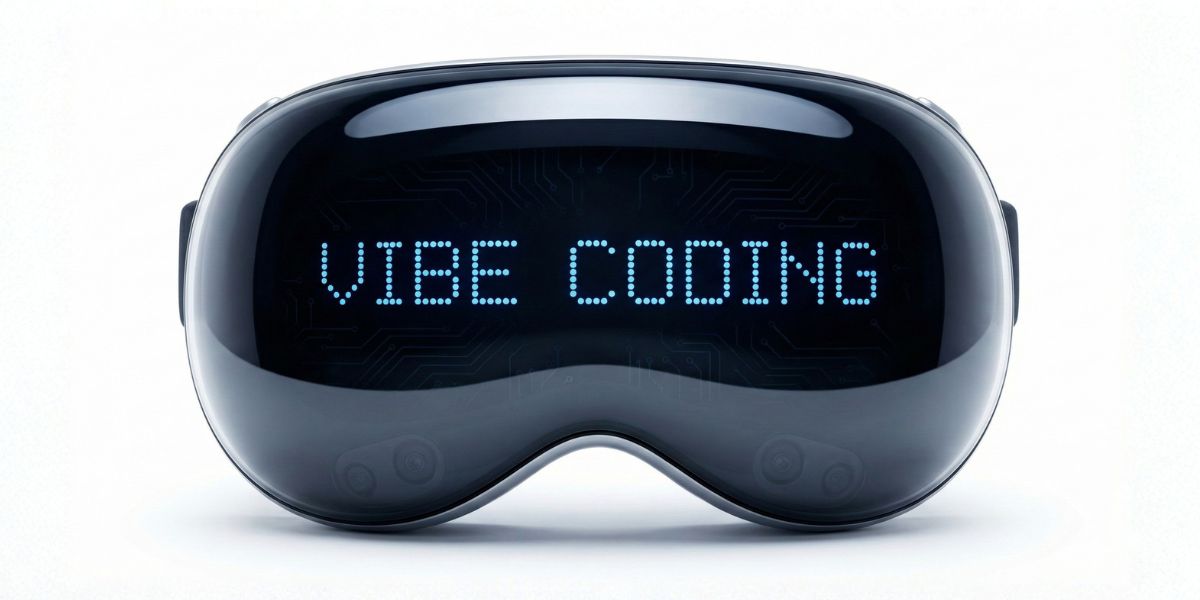A Complete Guide to Tokenization Methods in Natural Language Processing

4 min read | By Postpublisher P | 31 August 2023 | Blockchain
How do computers predict your text? How do they easily grasp lengthy paragraphs? How can Alexa and Siri understand your commands? Stop confusing yourself with these questions. Tokenization holds the answers for everything.
Tokenization is the process of splitting sentences into words called “tokens”. It helps to reduce the complexity of your text data and makes it easier for systems to analyze and manipulate. It also enables various NLP tasks such as language translation, text classification, tone analysis, and more.
Read further to know the working process of Tokenization, types of Tokenization, and tools that can be used.
How does Tokenization Work in Natural Language Processing?
Tokenization is the first step in Natural Language Processing (NLP). It makes systems understand your language by breaking the text into meaningful units. Consider this sentence, ” I like chocolates”
Tokenization splits it into smaller units such as “I,” “like,” and “chocolates.” Your devices can figure out your emotional tone also. Suppose, if you want to check whether a movie review is positive or negative, tokenization analyzes the tone/sentiment associated with each word.
For example, the review is like, “A movie with gripping cinematic experience.” The systems can separate the sentence into words – “A,” “movie,” “with,” “gripping,” “cinematic,” and “experience.”
Here, each word (token) carries a positive sentimental tone like “must watch” and “gripping.” By analyzing the sentiment of all the words, the systems can determine that the review is positive.
Word Tokenization
Word tokenization breaks down the text into individual words using punctuation and white spaces. That helps the systems know where each word starts and stops. This sentence, “It is awesome” has three tokens.
Word tokenization makes the systems read and analyze text accurately. However, sentences without clear spaces (“I’m” and “ain’t”) can be a challenge.
Punctuation marks can create challenges. In the sentence “She said, ‘Hello there!'”, the exclamation and comma might be mistaken. This could take extra effort to understand the meaning.
Subword Tokenization
Subword tokenization breaks the words into subwords. It uses certain linguistic rules to break the words. One of the main rules is breaking affixes. The word “displaying ” can be divided into three subwords, “dis”, “play”, and “ing”.
Breaking prefixes, infixes, and suffixes can alter the meaning of the word. Especially, identifying affixes in out-of-vocabulary (OOV) words can help to understand unknown words easily.
Subword tokenization can handle words with prefixes, suffixes, and roots. It uses two important techniques called Byte-Pair Encoding (BPE) and WordPiece to retain the linguistic meaning.
Character Tokenization
Character Tokenization splits a word into characters. It considers each letter, space, and symbol as an individual token. It helps systems with sentiment analysis.
In “not happy”, both “not” and “happy” are neutral words. Word-based tokenization cannot grasp whether it is a positive phrase or a negative phrase. But character tokenization can find that it’s not a positive one.
Other languages like Chinese, Thai, and Japanese have no space between the words. Character tokenization carefully reads languages without spaces as it focuses on each character. Thus, it can capture the exact meaning without getting lost in translation.
White Space Tokenization
White Space Tokenization separates tokens based on white spaces such as spaces, tabs, and newline characters. It’s the simplest way systems understand words in a sentence. In White Space Tokenization, the spaces between words are considered as borders.
Let’s take this sentence, “They’re playing cricket.” The word “they’re” can cause confusion. There might be chances of considering “they” and “re” separately. This process is good for simple sentences like “The moon is beautiful.” But might confuse words like “didn’t,” “pen, paper, and book.”
Tokenization tools and libraries
NLTK: It is a great option for beginners. It lets machines learn the basics. It provides various processing functionalities like stemming (a process of finding the roots of the words) and part-of-speech tagging.
spaCy: It works faster than NLTK. This rapidness helps in getting quick responses from apps and devices. It supports entity recognition (names of people/places) and dependency parsing.
Gensim: It is famous for topic modeling. It’s good at finding the main topics in a bunch of writing. When you’re trying to understand a lot of text or make a short version of it, Gensim will help.
Kera: It is known for its deep learning capabilities. It allows systems to understand tricky parts of human language. If you’re working on complex AI projects, Kera extends great support.
Transformers: These are the perfect models for language tasks. They use complex algorithms to grasp the context and meaning deeply. BERT and GPT are examples of transformers that have advanced language processing.
Conclusion
Tokenization is a tool that turns a messy closet into neat shelves. It allows machines to make things easier to find. Starting from Word Tokenization to White Space Tokenization, each method has its unique strength. The Tokenization tools can be used depending on your specific requirements. We hope we’ve clarified how the text predictions work in the machines.
The latest from our editors
Join over 150,000+ subscribers who get our best digital insights, strategies and tips delivered straight to their inbox.


